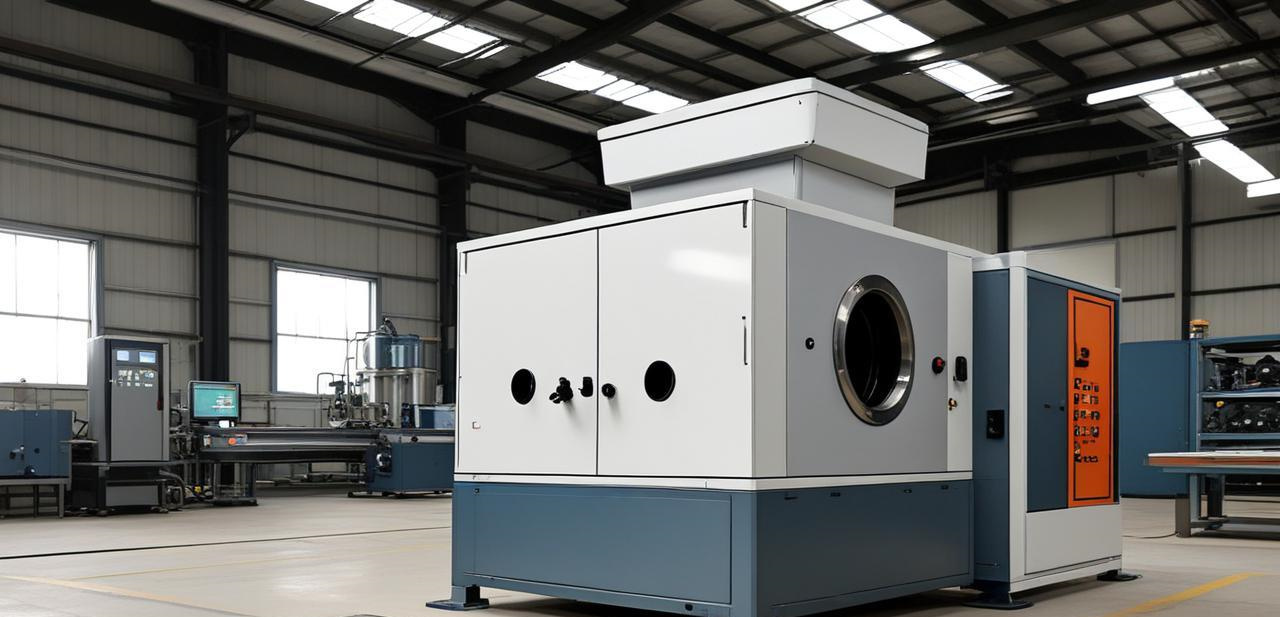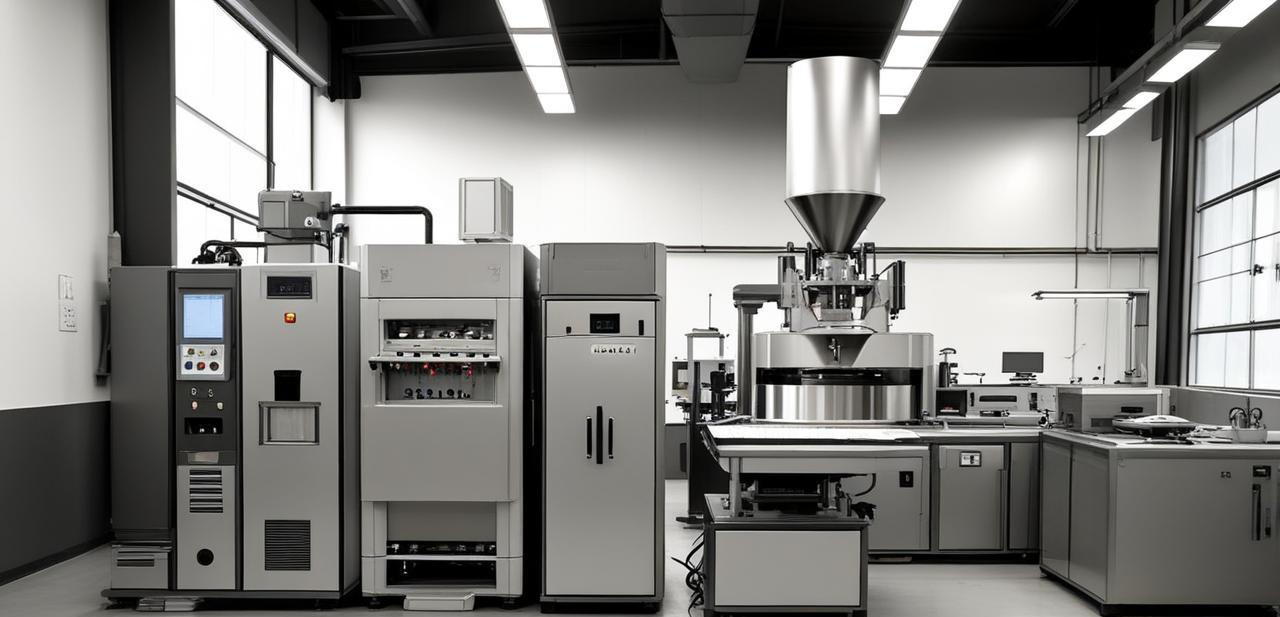"From nanomaterials to alloy powders, laboratory ball mills provide researchers with efficient, stable and repeatable sample preparation solutions!"
Purpose of laboratory ball mills
Research on new materials science:
Preparation and dispersion of nanomaterials (such as graphene and quantum dots)
Dispersion and mixing of metal alloys (Mechanical Alloying)

Chemical experiments:
Homogenization of catalyst powders
Mechanical activation of high-energy chemical reactions (such as solid-phase reactions)
Geology and environmental sciences:
Fine crushing of rock and soil samples.
Biomedicine:
Micronization of active pharmaceutical ingredients (API) (to improve solubility)

New energy field:
Laboratory-level preparation of lithium battery positive and negative electrode materials (such as LFP, NCM)
Laboratory ball mill features
✅ Multifunctional adaptation:
Supports dry grinding, wet grinding, vacuum grinding, low-temperature grinding (optional refrigeration module)
✅ Precise particle size control:
Adjustable grinding rate and time, precise control of particle size, adjustable range 0.1-100μm, D50 deviation <±5%
✅ Controllable metal contamination:
Optional zirconium oxide/polyurethane tank, metal contamination <1ppm
✅ Intelligent operation:
Touch screen operation, preset programs (such as intermittent grinding)
✅ Safety protection:
Overload protection, automatic power off, mechanical lock to prevent accidental opening

Components of laboratory ball mill
Grinding tank:
Material: optional stainless steel/zirconia/nylon tank, etc.
Volume: 50mL-5L (applicable to different experimental scales)
Drive system:
Adjustable variable frequency motor, speed 100-800 RPM (programmable control)
Control system:
PLC+touch screen, support real-time monitoring of time/speed/temperature
Safety system:
Overtemperature alarm, emergency brake, explosion-proof design (optional)
Core selling point
�� Scientific research-level precision to meet various laboratory needs:
Small grinding particle size distribution to meet the needs of papers
�� Energy-saving and efficient:
Save 50% time and reduce energy consumption by 30% compared to traditional grinding methods
�� High user-friendliness:
One-button start of preset program to reduce human operation errors
�� Strong scalability:
Optional vacuum tank, low temperature module, nano-level grinding media
�� Global certification:
CE, ISO 9001 and other certifications, in line with laboratory safety standards
FAQ
Q1: How to choose the right grinding jar material?
→ Stainless steel jars for metal samples, zirconia jars for sensitive materials, and nylon jars for biological samples.
Q2: How to prevent slurry leakage during wet grinding?
→ Use silicone seal + PTFE jar, pressure self-locking design.
Q3: Can it be upgraded to vacuum grinding?
→ A vacuum module can be added (need to be purchased separately).
Q4: Equipment maintenance cycle?
→ Lubricate the bearings every 500 hours, and provide maintenance manuals free of charge.
Call for action
�� Free proofing: Make an appointment to send a suitable amount of samples, proof on site, and experience the real grinding effect!
�� Data acquisition: You can browse our other pages, find suitable products, leave a message to tell us your needs, and we will give you a solution as soon as possible.
Consult now for your exclusive guide
Email: tencan-ballmill@outlook.com
Whatsapp: 8619974909729

